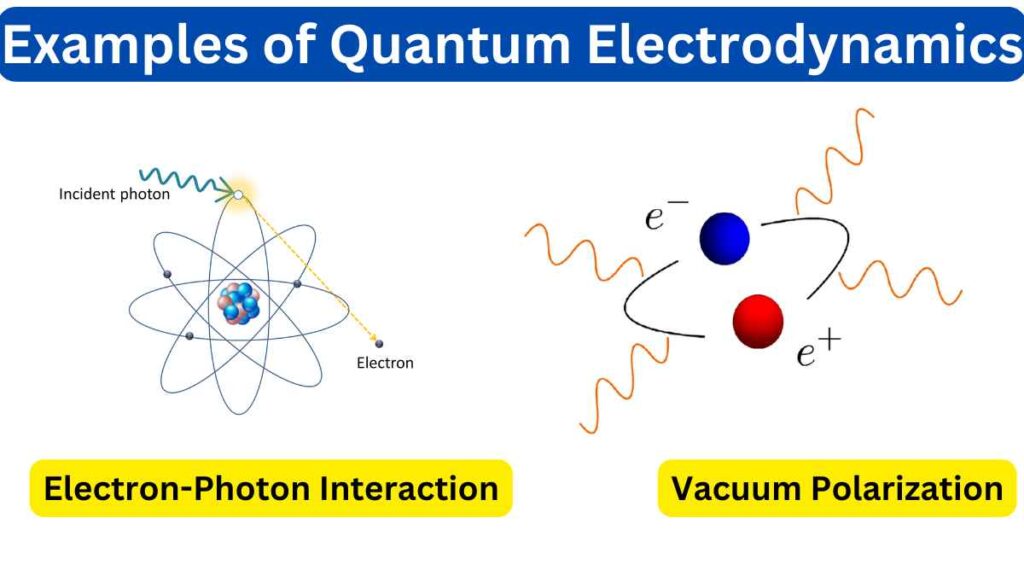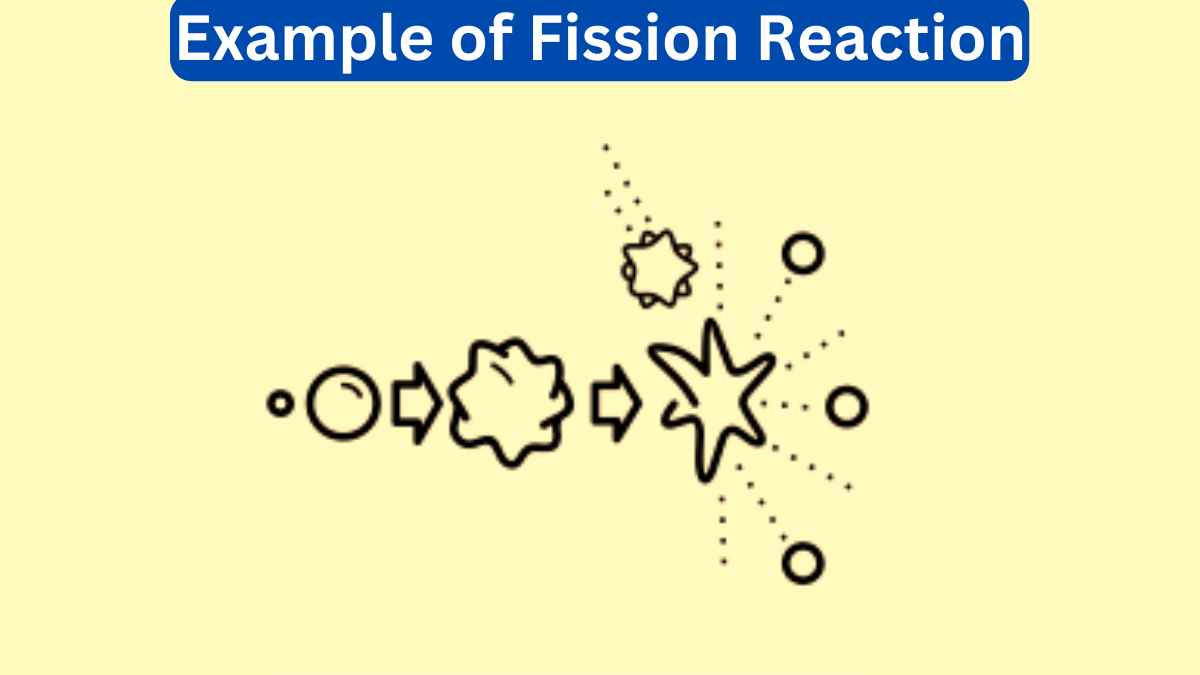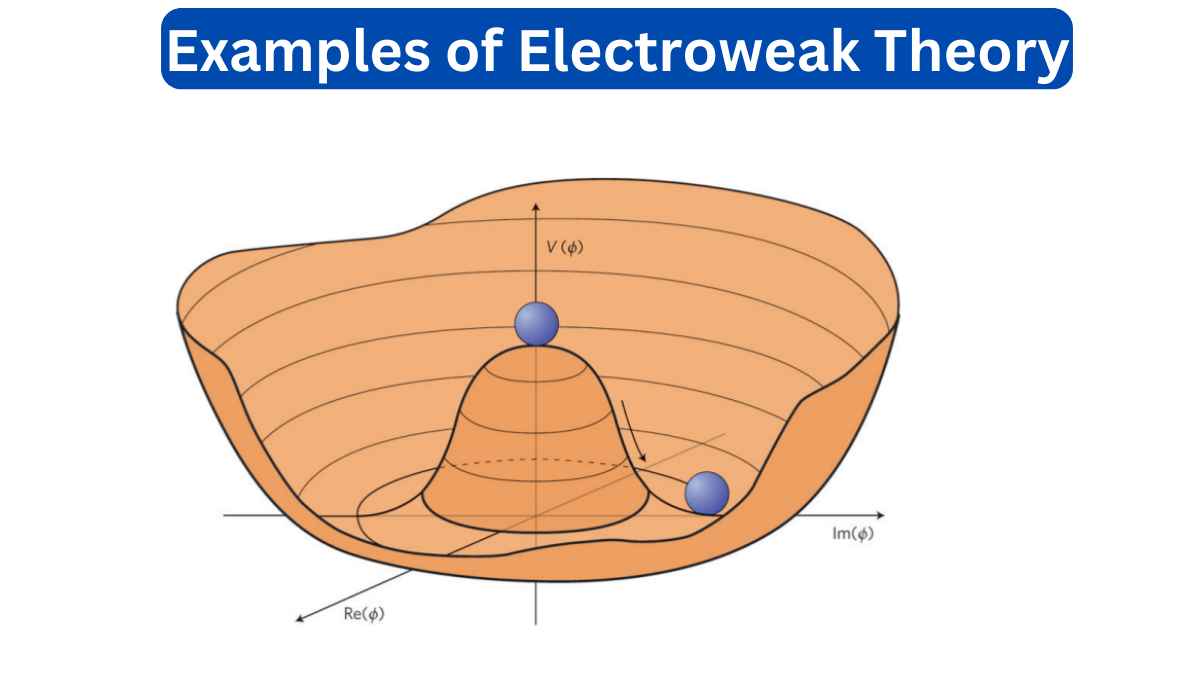10 Examples of Quantum Electrodynamics
Quantum Electrodynamics (QED) is a branch of quantum field theory that describes the electromagnetic force and the interaction between charged particles, such as electrons and photons. Examples of quantum electrodynamics include electron-photon interaction and anomalous magnetic moment.
Examples of Quantum Electrodynamics
Here are ten examples of Quantum Electrodynamics.

1. Electron-Photon Interaction
QED provides a theoretical framework for understanding how electrons interact with photons (particles of light). It explains processes like Compton scattering, where photons scatter off electrons.
2. Anomalous Magnetic Moment
QED predicts the anomalous magnetic moment of the electron, which has been measured with remarkable precision. The agreement between theory and experiment is a testament to the accuracy of QED.
3. Lamb Shift
The Lamb shift is a small but measurable difference in the energy levels of hydrogen atoms. QED accurately describes this phenomenon, which played a crucial role in validating the theory.
4. Vacuum Polarization
In QED, the vacuum is not empty but is filled with virtual particles, including electron-positron pairs. These virtual particles can affect the electric field around charged particles, leading to vacuum polarization.
5. Quantum Electrodynamic Processes in Atoms
QED explains atomic processes such as electron transitions, ionization, and fine structure, accounting for the spectra of atoms and molecules.
6. Quantum Electrodynamic Processes in High-Energy Physics
In high-energy particle physics, QED is used to understand and calculate processes involving electrons, positrons, and photons in particle collisions and decays.
7. Quantum Electrodynamic Corrections
QED provides corrections to the behavior of charged particles in external electric and magnetic fields, leading to phenomena like the Stark effect and Zeeman effect.
8. Quantum Electrodynamic Contributions to the Standard Model
Quantum Electrodynamics is a key component of the Standard Model of particle physics, contributing to the unified description of the electromagnetic, weak, and strong nuclear forces.
9. Quantum Electrodynamic Interaction in Quantum Chemistry
QED is used in quantum chemistry to account for electron-electron interactions, helping to improve the accuracy of computational methods for molecular and chemical systems.
10. Precision Tests of QED
Experiments testing QED predictions have been conducted with remarkable precision, confirming its validity. These tests include measurements of the fine-structure constant and the magnetic moment of the electron.
QED is one of the most successful and precise theories in physics, with predictions matching experimental results to a high degree of accuracy. Its impact extends across various fields, from particle physics and quantum chemistry to astrophysics and precision measurements, demonstrating the power of quantum field theory in describing the behavior of electromagnetic interactions at the quantum level.

 written by
written by 





Leave a Reply